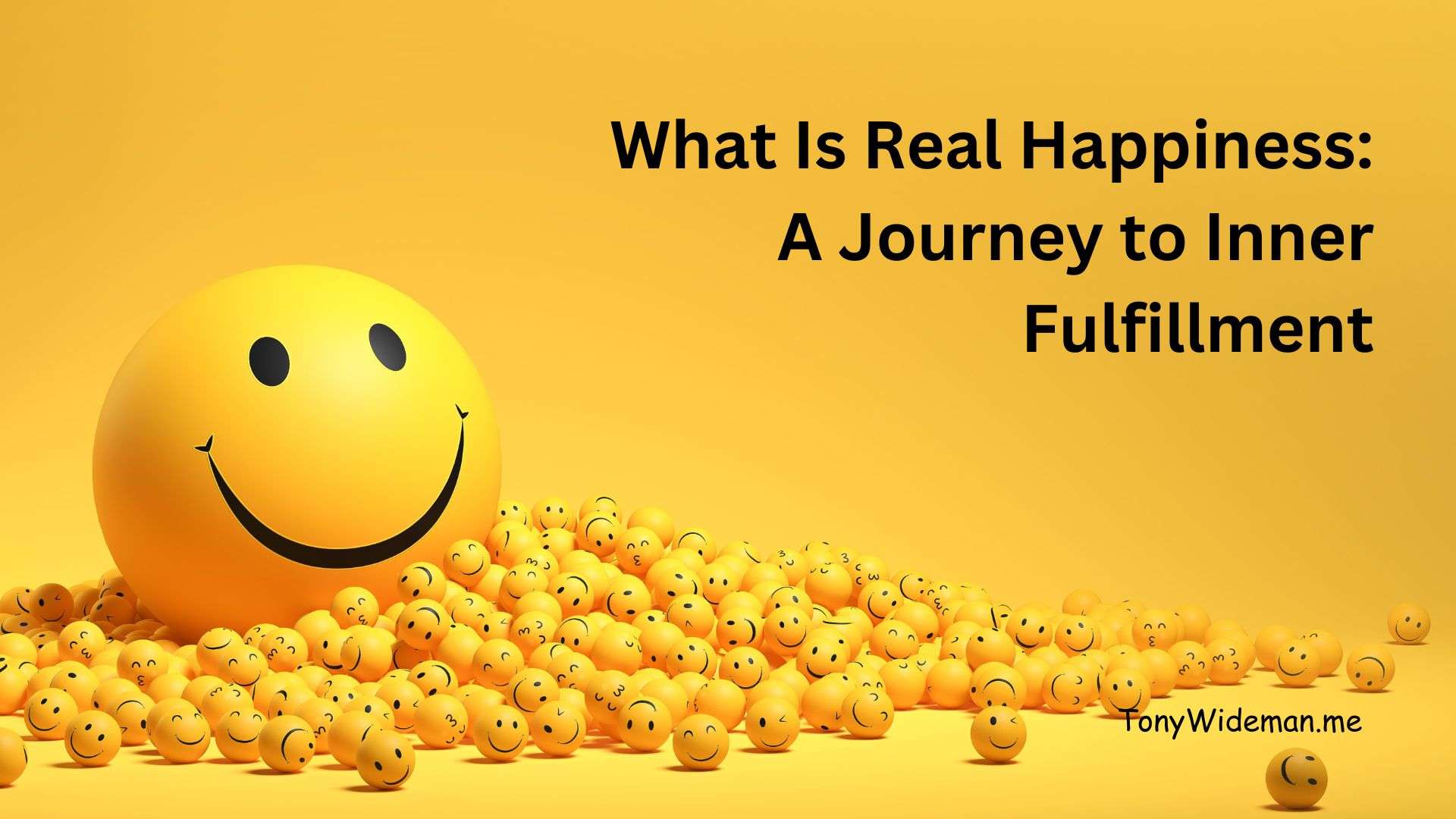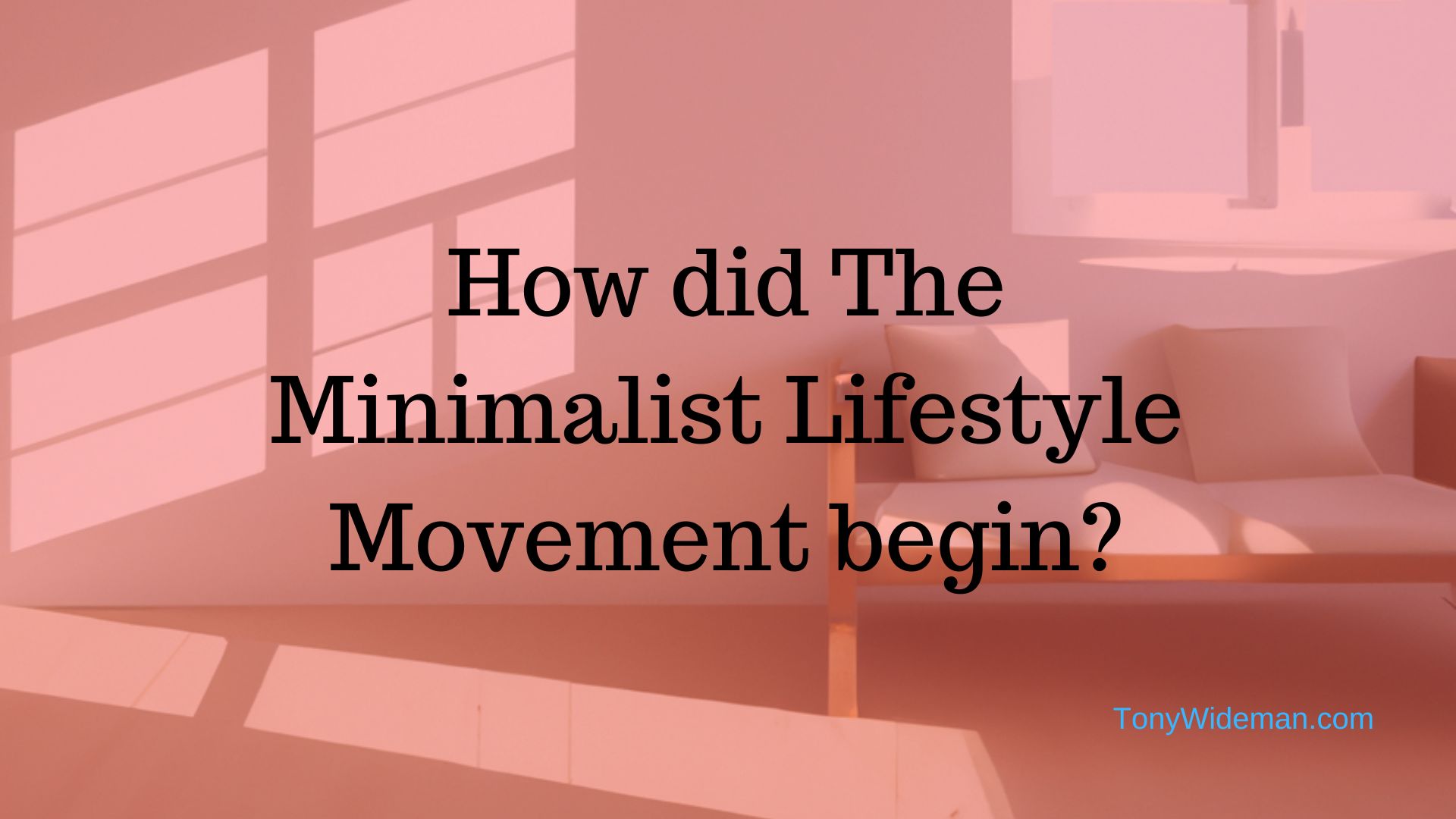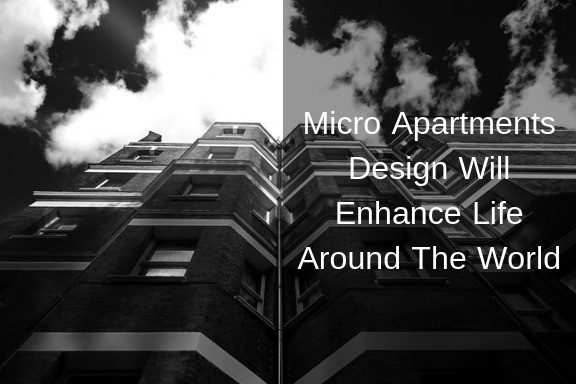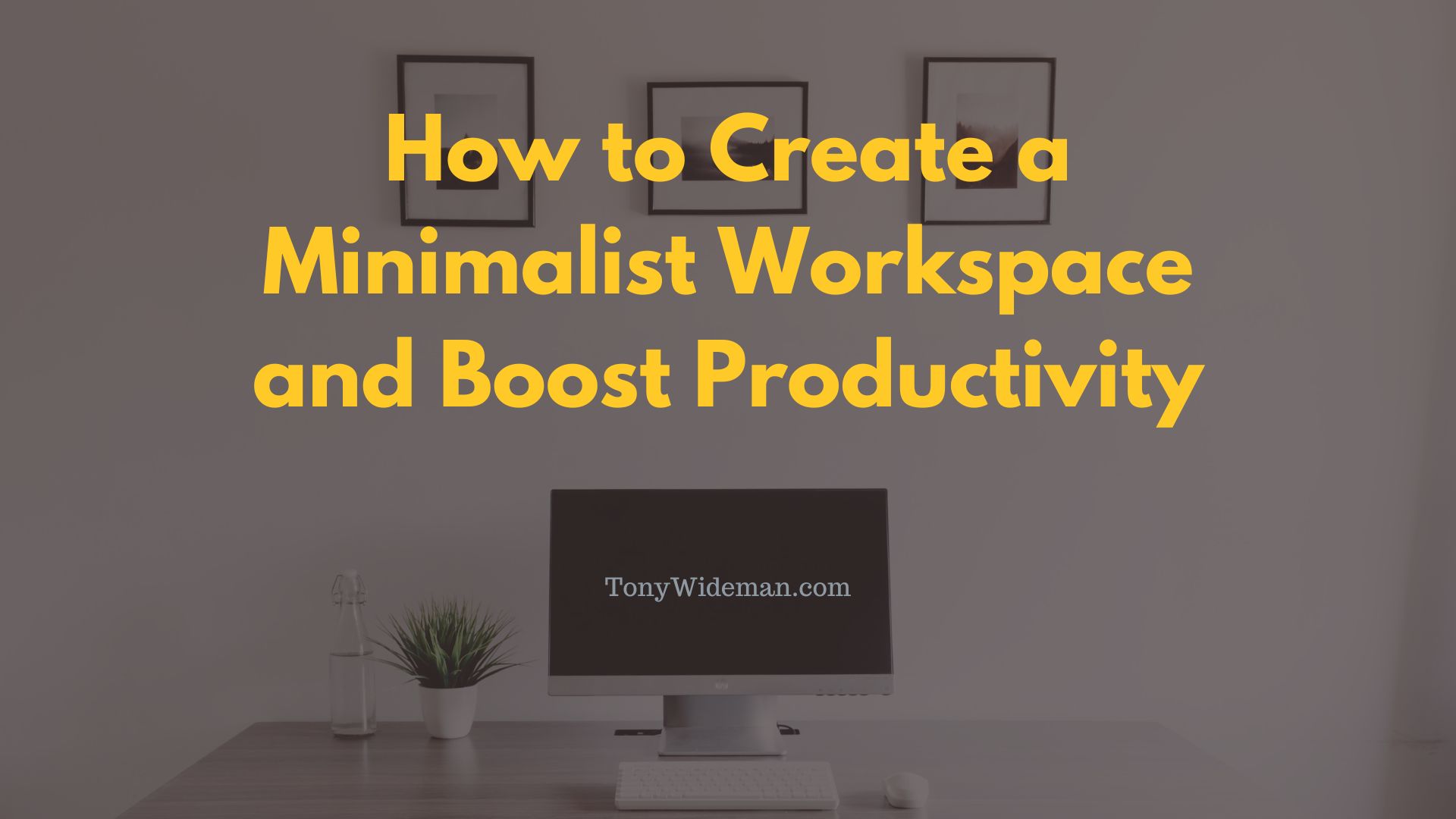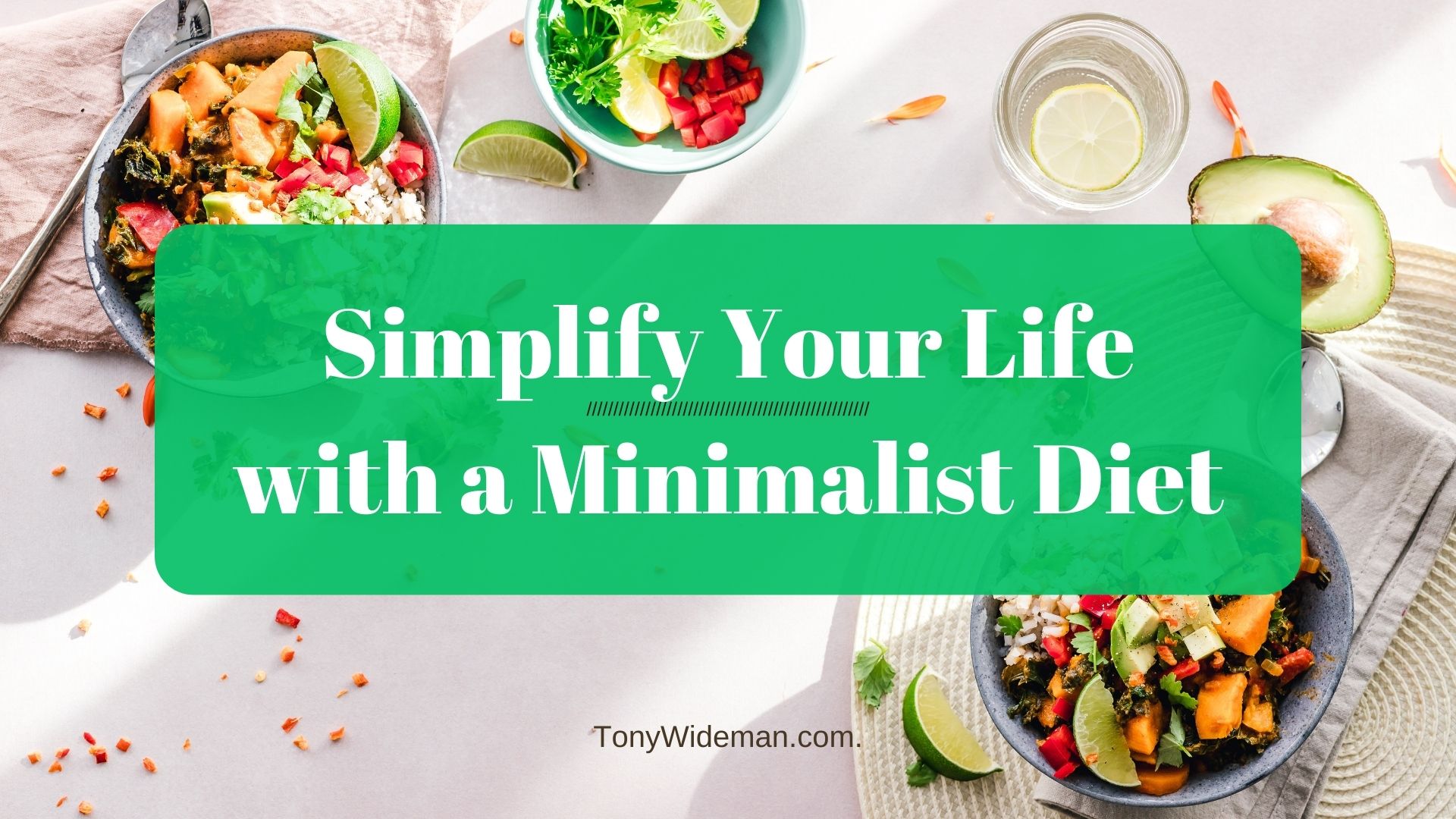How To Start Minimalism: Embracing Simplicity in Your Life
If you’re wondering how to start minimalism and embark on this transformative journey, this comprehensive guide will provide practical tips, insights, and inspiration to get started.
In a fast-paced world filled with clutter and constant distractions, many individuals are turning to minimalism as a way to find peace, focus, and meaning in their lives.
Minimalism is not just about decluttering your physical space; it is a lifestyle choice that promotes simplicity, intentionality, and the elimination of excess.
Understanding Minimalism: What Is It and Why Does It Matter?
Minimalism is a philosophy that encourages individuals to live with only the essential possessions, experiences, and relationships that bring value and joy to their lives.
Minimalism allows for greater freedom, clarity, and fulfillment by eliminating excess and focusing on what truly matters.
Embracing minimalism can help you gain control over your life, reduce stress, and create more time and space for the things that truly matter.
Evaluating Your Current Lifestyle
Before diving into minimalism, take a moment to evaluate your current lifestyle. Ask yourself: Are you constantly overwhelmed by clutter?
Do you feel weighed down by material possessions? Are you constantly chasing after the latest trends and accumulating unnecessary items?
Understanding your current state will provide a starting point for your minimalist journey.
Setting Clear Goals and Intentions
To start minimalism successfully, it’s important to set clear goals and intentions. Take some time to reflect on what you hope to achieve through minimalism.
Whether it’s to create a more peaceful home environment, reduce financial stress, or find more time for hobbies and relationships, having clear goals will guide your actions and keep you motivated along the way.
Decluttering Your Physical Space
One of the first steps to embracing minimalism is decluttering your physical space. Start small by focusing on one area at a time, such as your wardrobe or kitchen.
Sort through your belongings and ask yourself if each item brings you joy or serves a practical purpose. If not, consider donating, selling, or recycling it.
Remember, minimalism is not about getting rid of everything; it’s about keeping only what truly matters.
Simplifying Your Digital Life
In today’s digital age, minimalism extends beyond our physical possessions. Simplifying your digital life is just as important. Start by decluttering your digital files, organizing them into folders, and deleting unnecessary documents.
Unsubscribe from email lists that no longer serve you and declutter your social media feeds by unfollowing accounts that do not inspire or add value to your life.
Adopting digital minimalism will help reduce digital distractions and create a more focused and intentional online experience.
Cultivating Mindfulness and Gratitude
Minimalism goes beyond physical and digital decluttering; it’s also about cultivating mindfulness and gratitude in your daily life. Take the time to appreciate the simple pleasures and find joy in the present moment.
Practice gratitude by expressing appreciation for the things you have rather than focusing on what you lack. By embracing mindfulness and gratitude, you’ll develop a deeper sense of contentment and fulfillment.
Embracing Slow Living
In a world that values constant productivity and busyness, minimalism invites you to embrace slow living. Slow living is about intentionally slowing down, savoring each moment, and prioritizing self-care and well-being.
Create space in your schedule for activities that bring you joy and allow yourself to rest and recharge. By embracing slow living, you’ll experience a greater sense of balance and harmony in your life.
Building Meaningful Relationships
Minimalism encourages you to prioritize meaningful relationships and let go of toxic or draining connections. Surround yourself with people who uplift and inspire you.
Foster deep connections by spending quality time with loved ones, engaging in meaningful conversations, and actively listening to others.
By nurturing authentic relationships, you’ll experience a greater sense of fulfillment and connection.
Managing Finances Wisely
Minimalism also extends to your financial life. Take a closer look at your spending habits and identify areas where you can cut back on unnecessary expenses.
Focus on purchasing items that bring value and align with your goals and values. By adopting mindful spending habits, you’ll save money, reduce financial stress, and have greater freedom to pursue the things that truly matter to you.
Conclusion
Embracing minimalism is a powerful way to simplify your life, focus on what truly matters, and find lasting fulfillment.
By decluttering your physical and digital spaces, cultivating mindfulness and gratitude, embracing slow living, and nurturing meaningful relationships, you’ll experience a greater sense of peace, clarity, and contentment.
Remember, minimalism is a personal journey, and there is no one-size-fits-all approach. Find what resonates with you, take small steps, and enjoy the transformative process of living with less and experiencing more.
Frequently Asked Questions (FAQs)
Q: How can minimalism benefit my mental well-being?
A: Minimalism can benefit your mental well-being by reducing clutter, promoting mindfulness, and fostering a sense of calm and clarity. By simplifying your surroundings and focusing on what truly matters, you’ll experience less stress, improved focus, and increased contentment.
Q: Is minimalism only about getting rid of possessions?
A: No, minimalism is not solely about getting rid of possessions. While decluttering is an essential part of minimalism, it’s also about adopting a mindset of intentional living, focusing on what brings value and joy, and eliminating excess in various areas of your life, including relationships, commitments, and digital clutter.
Q: How can I maintain a minimalist lifestyle in the long run?
A: Maintaining a minimalist lifestyle requires ongoing effort and commitment. Regularly reassess your belongings and habits to ensure they align with your values and goals. Practice mindful consumption, regularly declutter your physical and digital spaces, and prioritize self-care and minimalism as a way of life.
Q: Can I still enjoy hobbies and collect things as a minimalist?
A: Absolutely! Minimalism does not mean giving up hobbies or collecting things you love. It’s about being intentional and mindful in your choices. Focus on hobbies and collections that truly bring you joy and align with your values. Keep your collection curated and avoid mindless accumulation.
Q: Will minimalism make me miss out on experiences?
A: Minimalism is not about depriving yourself of experiences; it’s about consciously choosing the ones that align with your values and bring you genuine joy. By eliminating excess and distractions, minimalism actually allows you to fully immerse yourself in the experiences that matter most to you.
Q: How can I inspire others to embrace minimalism?
A: Lead by example! Embrace minimalism wholeheartedly and let others witness the positive changes it brings to your life. Share your journey, experiences, and insights with others through conversations, social media, or starting a blog. Be supportive, understanding, and non-judgmental of others’ choices and encourage them to find their own path to minimalism.



